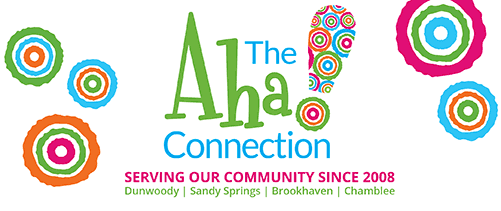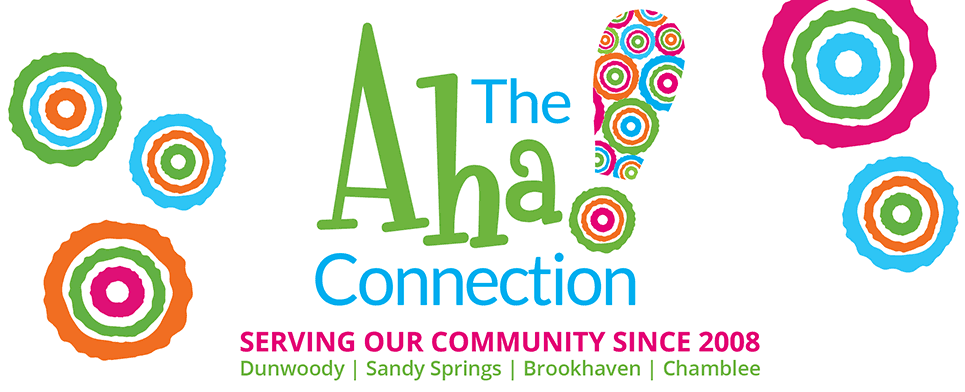 Smartphones and tablets have made life easier, providing on-the-go convenience, instant access to information and customization. Today’s technologies are so intuitive that even young children can learn to use them quickly and effectively. While the American Academy of Pediatrics (AAP) discourages the exposure of TV or other screens for children under age 2, there are many educational apps for preschoolers that can support and extend learning in valuable ways, especially when used in balance with other learning tools.
Smartphones and tablets have made life easier, providing on-the-go convenience, instant access to information and customization. Today’s technologies are so intuitive that even young children can learn to use them quickly and effectively. While the American Academy of Pediatrics (AAP) discourages the exposure of TV or other screens for children under age 2, there are many educational apps for preschoolers that can support and extend learning in valuable ways, especially when used in balance with other learning tools.
Lisa Guernsey, a mother, journalist and author of Screen Time: How Electronic Media—From Baby Videos to Educational Software—Affects Your Young Child, recommends considering the ‘3 Cs’ – Context, Content and the Child – to help parents distinguish beneficial technology from harmful exposure. Consider the three Cs and the following guidelines from Primrose Schools when selecting mobile apps to ensure you are providing a valuable learning experience for your preschooler.
Context. Context refers to the purpose of the activity and what happens before, during and after your child uses the program. According to the Committee on Integrating the Science of Early Childhood Development, author of From Neurons to Neighborhoods: The Science of Early
Childhood Development, young children learn through their senses; they flourish when someone talks, reads and plays with them. Connect and discuss with your child in the following ways:
• Ensure your child is really engaged and learning, not just tapping buttons.
• Talk with your child about the activity and find ways to enjoy it together.
• Think about what your child will learn from this activity, and consider ways to provide the same learning in a hands-on way.
• Reinforce learning with follow-up conversations or activities.
Content. Although children’s apps are often marketed as educational and exploratory, many of them actually limit creativity and hinder long-term learning. Beneficial apps should provide open-ended opportunities so that the child is in control of the activity and encouraged to use her imagination.
• Choose content that provides value in a way that will positively affect your child.
• Ensure that the activity is something that you would want your child to imitate.
• Identify and encourage the types of apps that trigger the most curious questions, the most engagement and the most joy.
Child. Children need a variety of experiences to maximize their brain development and learning. By balancing technology with other forms of learning and hands-on play, you will help enrich and deepen your child’s knowledge and skills.
• Allow your child to use technology in ways that teach instead of just passing time.
• Provide clear boundaries for screen activities so that your child does not become dependent on them.
• Encourage hands-on activities to ensure that your child is participating in plenty of pretend and active play.
No matter how interactive an app appears to be, it does not replace the benefits of interacting with a teacher, parent or playmate. Before letting your preschooler spend time on your smartphone or tablet, make sure you have carefully chosen educational apps that deliver the right experience to nurture your child’s active mind.
To learn about the Primrose School of Dunwoody, visit our school campus at 5050 Nandina Lane in Dunwoody, www.PrimroseDunwoody.com or call 770.396.8266. For more parenting tips, visit our 360 Parenting blog at www.PrimroseSchools.com/360Parenting.
# # #
Contact:
Barbara Newsome
(770)396-8266
office@primrosedunwoody.com












